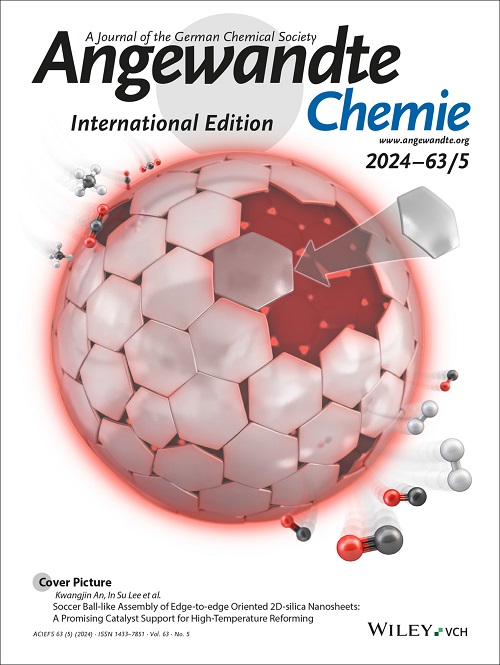Cation‐Anion‐Engineering Modified Oxychloride Zr‐Based Lithium Superionic Conductors for All‐Solid‐State Lithium Batteries
IF 16.1
1区 化学
Q1 CHEMISTRY, MULTIDISCIPLINARY
引用次数: 0
Abstract
Within the family of halide solid electrolytes (SEs), Li2ZrCl6 demonstrates high oxidative stability, cost‐effectiveness, and mechanical deformability, positioning it as a promising candidate for SEs. However, the application of Li2ZrCl6 as a SEs was hindered by its low ionic conductivity at room temperature. Current strategies to enhance the ionic conductivity of Li2ZrCl6 primarily are focused on single cation or anion sublattice‐engineering, each with distinct advantages and limitations. Here, we propose a novel cation and anion‐sublattice‐engineering strategy, termed CASE, to increase the amorphous content and thus enhance ionic conductivity. The incorporation of Cu2+ and O2‐ induces distinctive structural modifications within Li2ZrCl6. This structure corroborated through analytic data of X‐ray absorption spectroscopy, the neutron diffraction, and ab initio molecular dynamics. Consequently, the amorphous Li2.1Zr0.95Cu0.05Cl4.4O0.8 achieves an enhanced ionic conductivity of 2.05 mS cm‐1 at 25 °C. Furthermore, all‐solid‐state lithium batteries utilizing the amorphous Li2.1Zr0.95Cu0.05Cl4.4O0.8 as an electrolyte and LiNi0.83Co0.11Mn0.06O2 as a cathode exhibit a superior long‐term cycling stability retaining 90.3% of capacity after 1000 cycles at 2 C under room temperature, which are much higher than those of Zr‐based halide electrolytes in publications. Such a result might stimulate the development of more amorphous structures with high ionic conductivity in the CASE strategy.求助全文
约1分钟内获得全文
求助全文
来源期刊
CiteScore
26.60
自引率
6.60%
发文量
3549
审稿时长
1.5 months
期刊介绍:
Angewandte Chemie, a journal of the German Chemical Society (GDCh), maintains a leading position among scholarly journals in general chemistry with an impressive Impact Factor of 16.6 (2022 Journal Citation Reports, Clarivate, 2023). Published weekly in a reader-friendly format, it features new articles almost every day. Established in 1887, Angewandte Chemie is a prominent chemistry journal, offering a dynamic blend of Review-type articles, Highlights, Communications, and Research Articles on a weekly basis, making it unique in the field.

 求助内容:
求助内容: 应助结果提醒方式:
应助结果提醒方式:


